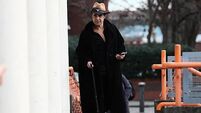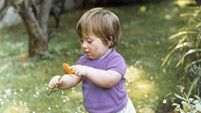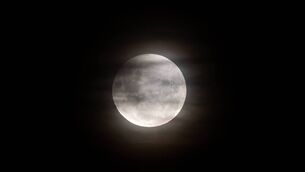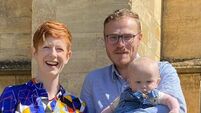She sold seashells by the seashore
Darwin provided the crucial piece of a biological jigsaw puzzle, but he didn’t come up with the theory of evolution all on his own. Others made vital contributions to it. That creatures change under pressure from their environments was fist suggested by the Frenchman, Jean-Baptiste Lamarck. The survival of the fittest principle, crucial to natural selection, was first suggested by the clergyman-economist Robert Malthus. Evidence that creatures become extinct, a controversial idea then, came from fossils. Most of these were found by geologists but, by the early 19th century, specialist fossil hunters had arrived on the scene. They tended to be upper-class males with time on the hands, but the greatest fossil-finder of all was a woman and one of humble origins. The 210th anniversary of the birth of Mary Anning, “the princess of palaeontology”, occurs on May 21.
Anning is unique among celebrities in that few people know her name but almost everyone has heard of her; the tongue-twister ‘she sells seashells on the seashore’ is thought to refer to her. Born at Lyme Regis in the south of England to a carpenter and his wife, a dramatic event occurred during her infancy — she was one of four people struck by lightning. Three others, including the nurse holding her, were killed, but Mary survived. An older sister had burned to death when her clothes caught fire at home and only two of the nine Anning children reached adulthood.














